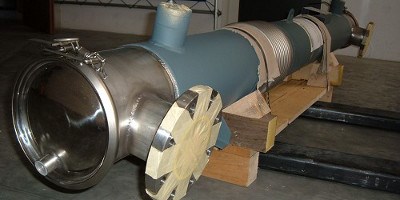Plate heat exchangers, but shell and tube exchangers as well, are widely employed in oil cooling for hydraulic units and plants. A main factor to consider in this kind of applications is the viscosity grade of the oil, a crucial element in the sizing process of the heat exchanger. For engine oils, the viscosity is usually expressed in SAE grades, while hydraulic oils use ISO-VG classification, indicating the oil viscosity grade.
Higher viscosity grade oils involve higher pressure drops inside the exchanger to avoid problems with the pump that ensures oil circulation within the exchanger.
When working with high viscosity grade oils, for instance, ISO-VG 320 or ISO-VG 220, typically lubricating oils, it is mandatory to use gear pumps that allow higher pressure drops inside the exchangers, even up to 1,5 bar or 2,5 bar.
In case of lower viscosity grade oils, with viscosity grades such as ISO-VG 46 or ISO-VG 68, pressure drops can be even lower, in the measure of 1 or 1,5 bar, because the oil is less viscous and therefore smoother, leading to lower pressure drops inside the heat exchanger.


